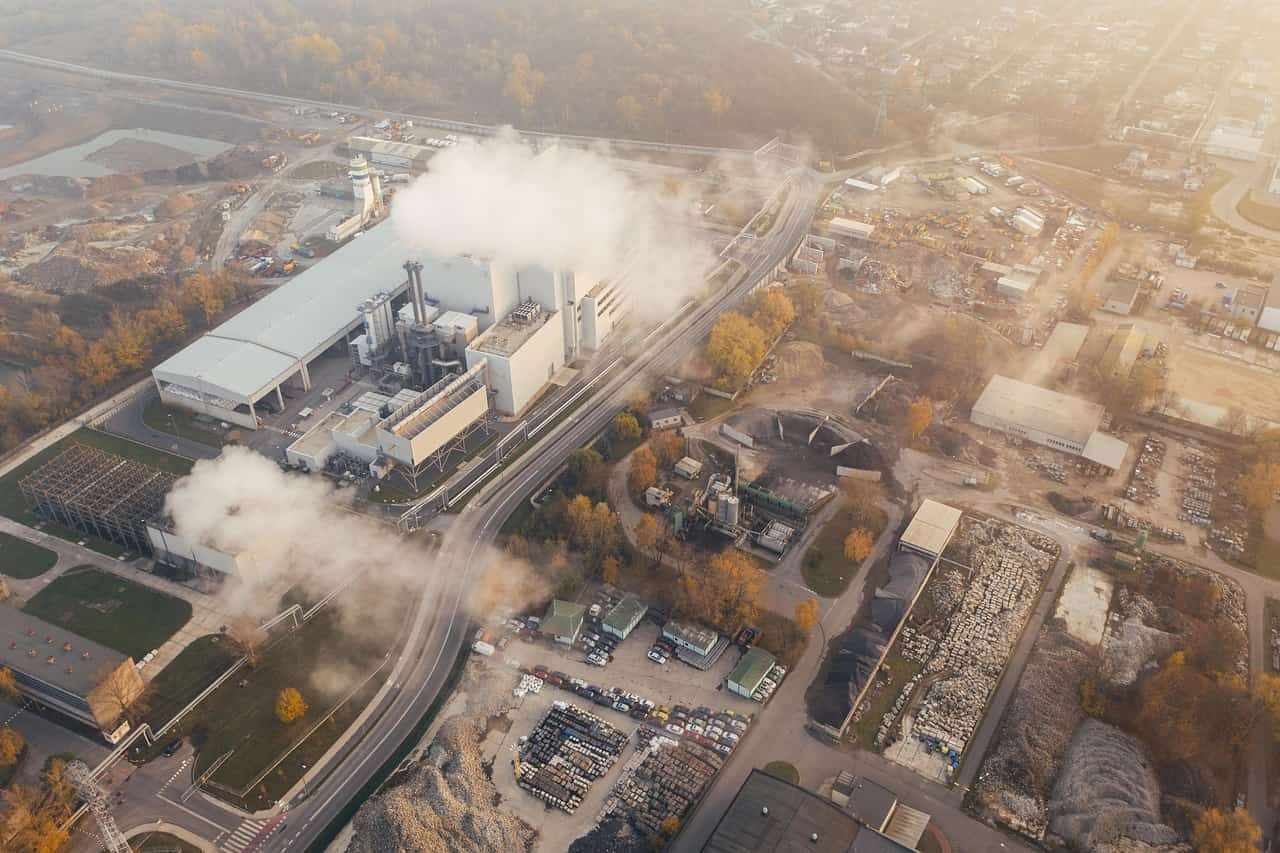Carbon markets, once a nascent tool in the fight against climate change, are entering a new era – Carbon Markets 2.0. This evolution is driven by the urgent need for more effective mechanisms to drive down greenhouse gas emissions, address criticisms of earlier market designs, and unlock the vast potential of private sector investment in climate solutions. This article will delve into the shortcomings of the first generation of carbon markets, explore the key features and innovations shaping Carbon Markets 2.0, analyze the challenges and opportunities that lie ahead, and consider their potential to truly accelerate the transition towards a low-carbon global economy.
The initial wave of carbon markets, primarily compliance-based systems like the European Union Emissions Trading System (EU ETS) and the Clean Development Mechanism (CDM) under the Kyoto Protocol, achieved some notable successes in putting a price on carbon emissions and incentivizing emission reductions. However, they also faced significant challenges. These included issues with over-allocation of allowances, price volatility, concerns about additionality (ensuring that emission reductions would not have occurred anyway), and a lack of consistent global coverage. Voluntary carbon markets, while playing a role in mobilizing private finance for climate projects, often suffered from issues related to the quality and credibility of carbon credits, leading to concerns about “greenwashing” and a lack of real impact. These limitations highlighted the need for a more robust and effective framework for carbon pricing and trading.
Carbon Markets 2.0 represents an attempt to address these shortcomings and build upon the lessons learned. Several key features and innovations characterize this evolving landscape. Firstly, there is a growing emphasis on greater ambition and tighter caps in compliance-based systems. Recognizing the urgency of climate action, many jurisdictions are strengthening their emission reduction targets and adjusting their carbon markets accordingly to drive deeper and faster decarbonization. This includes phasing out free allowances, expanding the sectors covered, and implementing mechanisms to ensure a more predictable and rising carbon price signal.
Secondly, there is a renewed focus on improving the integrity and quality of carbon credits in both compliance and voluntary markets. Initiatives are underway to develop more robust standards and methodologies for quantifying and verifying emission reductions and removals. This includes a greater emphasis on nature-based solutions with strong safeguards, as well as technological solutions like carbon capture and storage. The development of clearer guidelines and independent certification schemes aims to increase transparency and build greater trust in carbon credits as a genuine tool for climate action.
Thirdly, enhanced transparency and reporting mechanisms are becoming increasingly important. This includes better tracking of carbon credit issuance and retirement, as well as improved disclosure of information related to carbon market transactions. Utilizing digital technologies like blockchain can enhance transparency and traceability in carbon markets. This increased transparency is crucial for building confidence among market participants and ensuring accountability.
Fourthly, there is a growing recognition of the need for better integration and coordination across different carbon markets and jurisdictions. Efforts are underway to explore the potential for linking different emissions trading systems, which can enhance market efficiency and reduce compliance costs. International cooperation on carbon pricing mechanisms, as outlined under Article 6 of the Paris Agreement, is also gaining momentum, aiming to facilitate the transfer of mitigation outcomes and promote sustainable development.
Finally, Carbon Markets 2.0 is witnessing a greater focus on leveraging carbon markets to drive innovation and investment in clean technologies and climate solutions. By providing a clear price signal for carbon emissions, these markets can incentivize businesses to invest in research and development, deploy renewable energy sources, and adopt energy-efficient practices. The revenue generated from carbon pricing can also be reinvested in climate-related projects and support a just transition towards a low-carbon economy.
Despite the promising developments in Carbon Markets 2.0, significant challenges remain. Ensuring the environmental integrity of carbon credits, particularly in the voluntary market, is an ongoing concern. Addressing issues of carbon leakage (where emissions may simply shift to jurisdictions without carbon pricing) requires international coordination. Navigating the political complexities of implementing and strengthening carbon pricing mechanisms remains a significant hurdle in many countries. Moreover, ensuring that carbon markets contribute to a just transition, avoiding disproportionate impacts on vulnerable communities and industries, is crucial for their long-term success and social acceptance.
The potential of Carbon Markets 2.0 to accelerate climate action is substantial. By putting a meaningful price on carbon pollution, these markets can incentivize emission reductions across various sectors, mobilize private capital for climate investments, and drive innovation in clean technologies. However, realizing this potential requires careful design, robust regulation, and effective implementation. Continuous learning, adaptation, and collaboration among governments, businesses, and civil society will be essential to ensure that Carbon Markets 2.0 truly delivers on its promise of a more sustainable and climate-resilient future.
